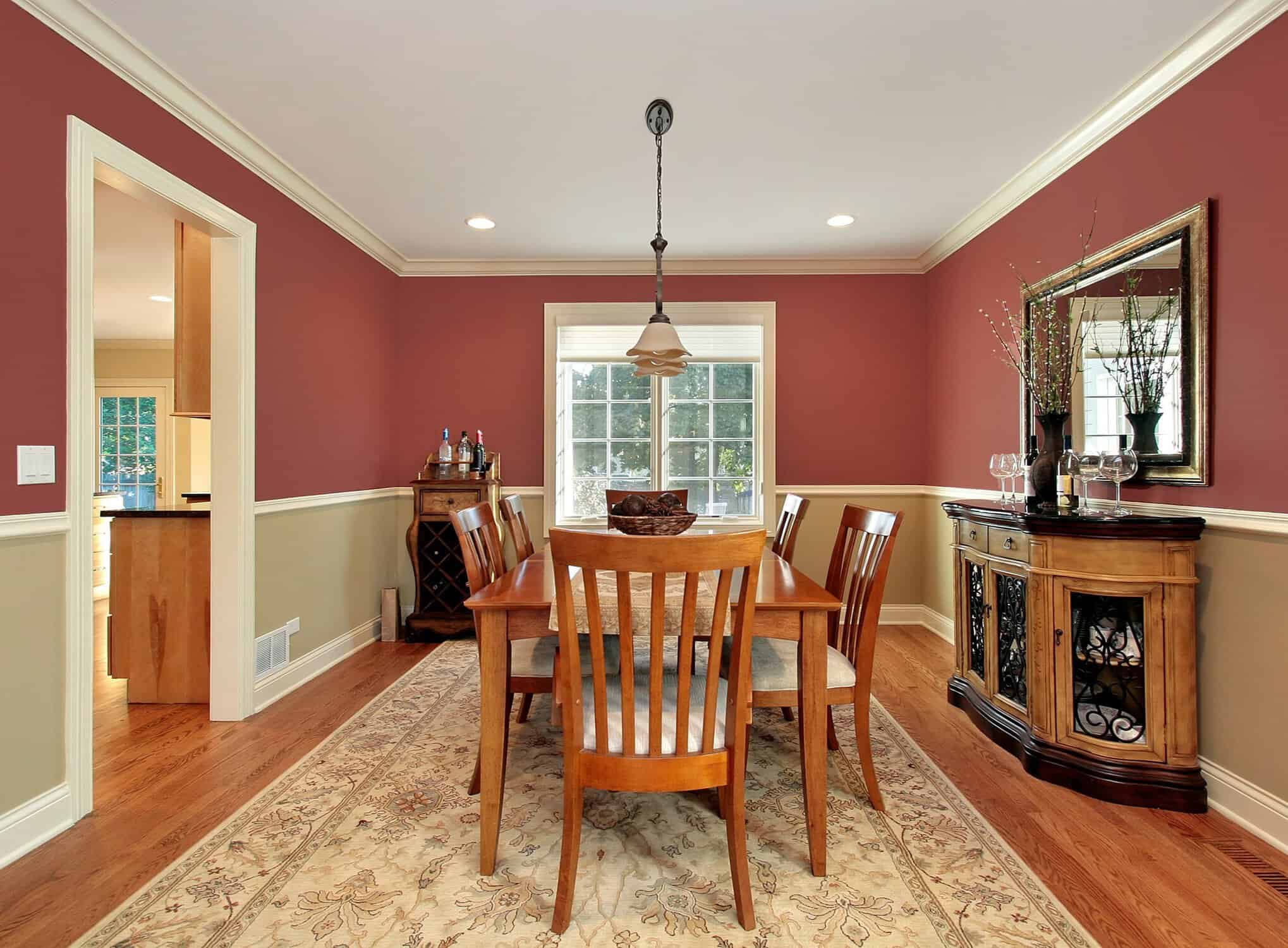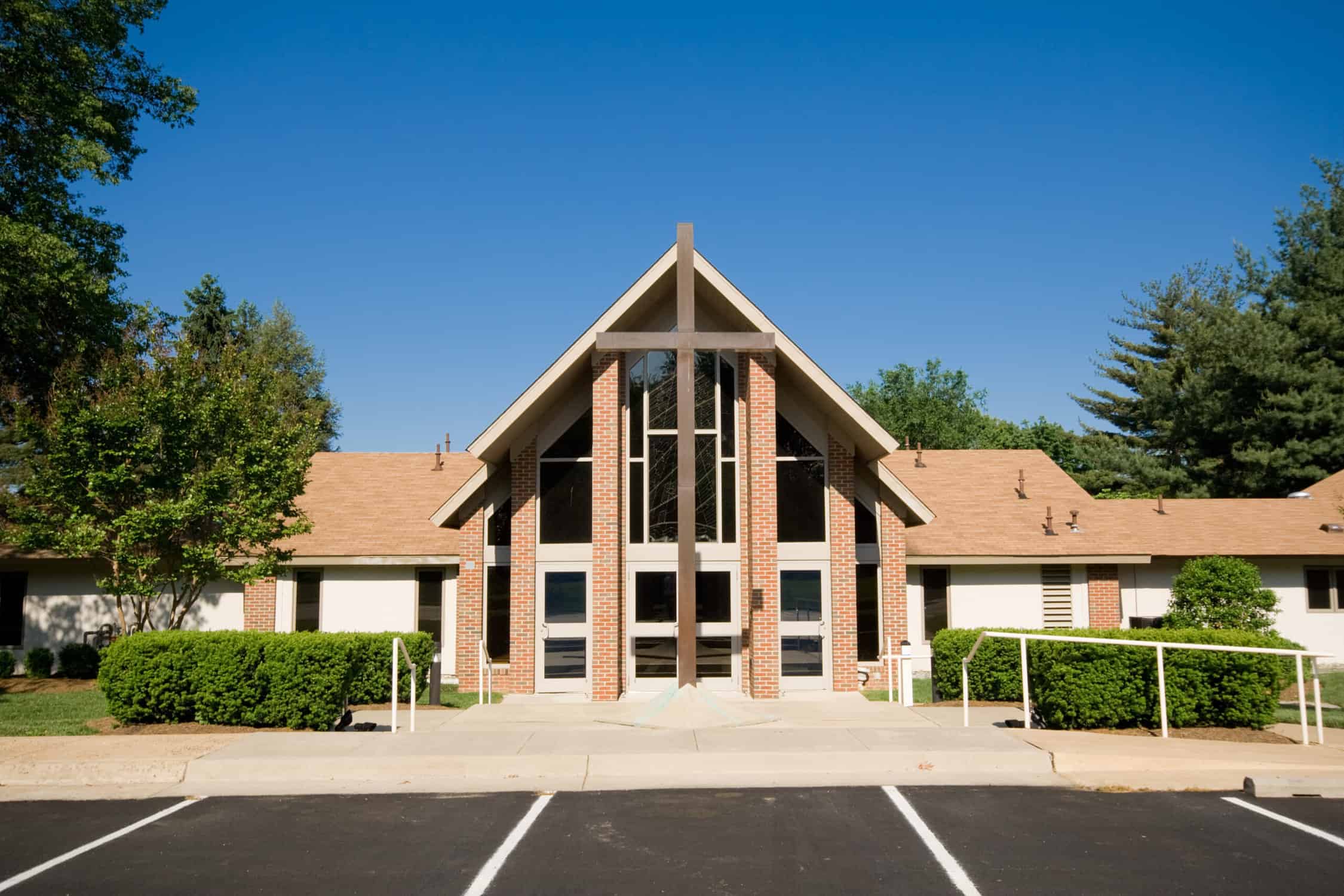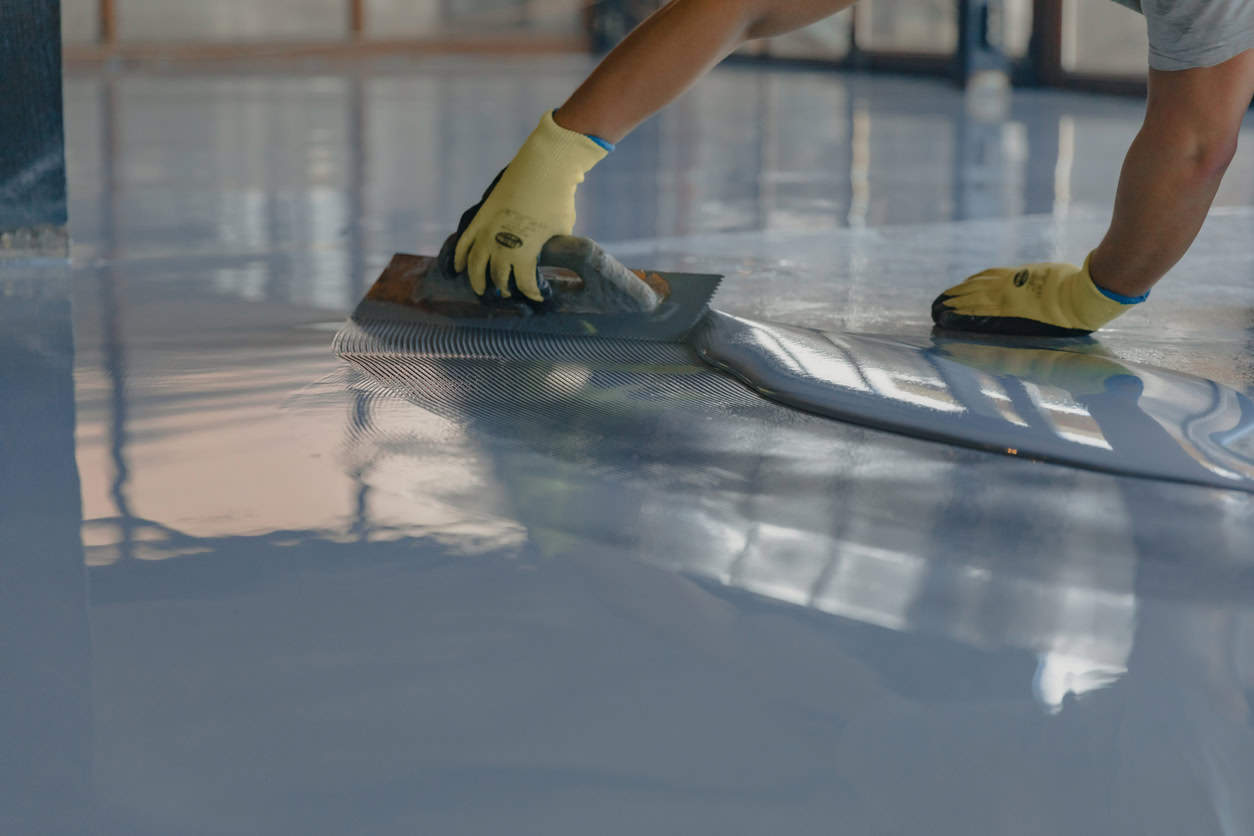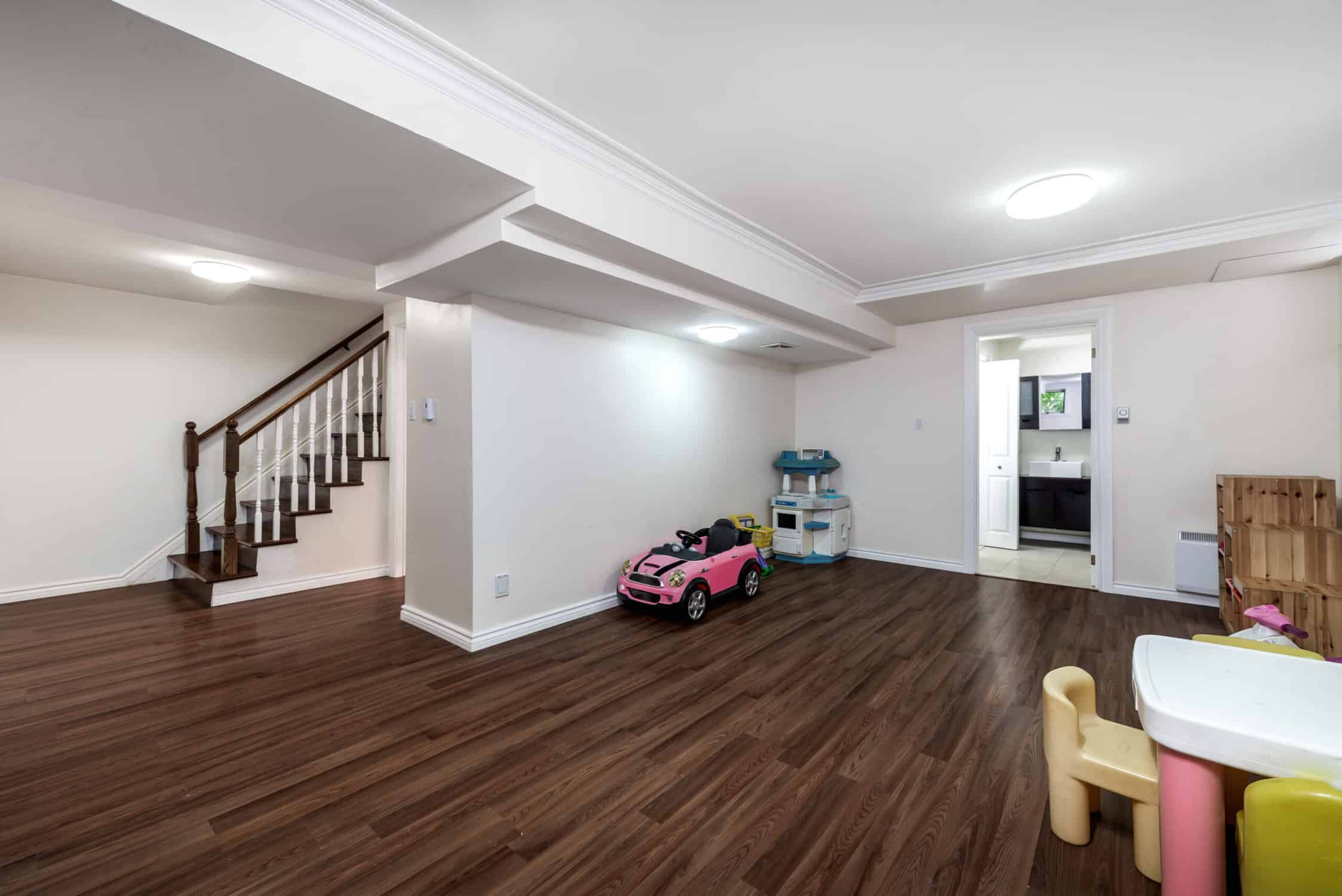Are you frustrated with paint peeling on your home during the colder months? Many homeowners face this issue, especially after renovation projects. If you’re tackling interior house painting in Topsfield, MA, you’re likely concerned about keeping your walls in top shape despite the cooler temperatures. This guide will help you understand why paint peels in cold weather and offer practical tips on preparing walls for painting in cooler temperatures. Whether you’re dealing with moisture, low adhesion, or tricky surfaces, this guide will provide the insights you need to keep your home looking fresh all winter long.
By addressing common challenges and offering solutions, you’ll learn how to protect your walls and ceilings, ensuring your interior house painting project withstands even the coldest months. Let’s dive into how you can avoid peeling paint and maintain a polished finish throughout the season.
Key Takeaways:
- Cold temperatures can drastically reduce paint adhesion, leading to peeling.
- Proper surface preparation is essential before painting in winter.
- Moisture can increase the risk of peeling and damage during the colder months.
- Regular inspections help detect early signs of peeling paint, preventing further issues.
- Choosing the right cold-weather paint is crucial for long-lasting results.
Understanding Why Paint Peels During Cold Weather
When it comes to interior house painting in Topsfield, MA, understanding the root cause of peeling is crucial, especially during cooler temperatures. Cold weather creates challenges like increased moisture and humidity, which weaken the paint’s adhesion. These problems often start around windows, doors, and trim, making those areas more prone to peeling.

One of the primary reasons for paint peeling during colder months is the impact of low temperatures on paint adhesion. Low temperatures make it harder for paint to cure properly, reducing its bond strength. Homeowners may find themselves needing a paint stripper to correct peeling issues caused by improper adhesion, especially if they weren’t careful during the application process.
The Effects of Low Temperatures on Paint Adhesion
Low temperatures can seriously impact how paint adheres to surfaces, especially on exterior-facing walls and high-traffic areas like doorways. In colder months, paint takes longer to dry, giving dust and debris time to settle on the surface and interfere with the paint’s bonding. This is especially true for interior house painting where humidity from heating systems might also play a role.
- Temperature: Lower temps reduce the energy available for curing and weaken paint bonds.
- Humidity: High humidity combined with cold temperatures can trap moisture beneath the paint, causing it to lift.
- Surface Preparation: Surfaces that aren’t properly prepared are especially vulnerable to peeling when the temperature fluctuates.
Common Cold Weather Challenges for Painted Surfaces
When you’re preparing walls for painting in cooler temperatures, there are several obstacles you need to navigate. Colder weather can cause an accumulation of dust and moisture, which leads to poor adhesion and eventually, peeling. Additionally, certain types of paint, like acrylic or latex, don’t hold up well under damp or cold conditions if applied incorrectly. This makes it even more critical to ensure that your surfaces are clean, dry, and free of debris before starting any painting project.
| Challenge | Impact on Paint |
|---|---|
| Dust and Debris | Blocks paint from adhering properly, leading to peeling. |
| Cold Temperatures | Reduces paint curing time, which weakens bond strength. |
| Moisture | Causes the paint to bubble or peel when trapped beneath surfaces. |
Preparing Walls for Painting in Cooler Temperatures
When it comes to preparing walls for painting in cooler temperatures, surface preparation is essential. Thorough cleaning, drying, and repairing are critical to avoid peeling later on. Interior house painting requires special attention during colder months, as cracks and imperfections can worsen with temperature fluctuations.
Cleaning and Drying Surfaces Thoroughly
Before you begin any interior house painting, cleaning the walls to remove dust, grime, and moisture is a must. Use a damp towel to wipe down the surface, ensuring no debris is left behind, which could block paint from adhering. You should also ventilate the room to reduce humidity levels, which are higher in winter due to heating systems.
Repairing Cracks and Imperfections Before Painting
Filling any cracks or imperfections is critical before you apply paint. Use a high-quality filler that can withstand temperature changes to keep moisture out. If there’s any damage to plaster or drywall, take the time to repair it before applying a primer. A smooth surface ensures your interior house painting will stand the test of time.
Applying Primer Suited for Cold Conditions
Not all primers are created equal, and if you’re preparing walls for painting in cooler temperatures, selecting a cold-weather primer is vital. These primers provide a strong foundation, ensuring your paint adheres even in colder conditions. Look for moisture-resistant options that can be applied with a brush for an even, smooth finish on surfaces like drywall and wood.
Best Practices for Painting in Low Temperatures
Even with the best preparation, painting in cooler weather can still present challenges. Aim to paint when temperatures are between 50°F and 85°F, even indoors. Ensure rooms are ventilated, and use heaters if needed to help with the drying process.
Ideal Temperature Ranges for Painting Projects
The sweet spot for preparing walls for painting in cooler temperatures is between 50°F and 85°F. Anything lower, and you risk improper curing, which can lead to peeling. Always check the weather forecast if you’re painting near windows or doors, where the chill can seep in.
Preventing Moisture Issues That Cause Peeling
Moisture is one of the biggest culprits when it comes to peeling paint in colder months. Whether it’s condensation from windows or leaks from poorly sealed doors, keeping surfaces dry is essential for your paint job’s longevity.
Improving Ventilation to Reduce Humidity
Proper ventilation is key in reducing moisture levels, which can compromise paint adhesion. Open windows when possible or run a dehumidifier to keep the air dry and maintain a solid bond between the paint and the wall.
Maintaining Your Paint Job Throughout the Winter
The work doesn’t stop after the paint has dried. Regular inspections and touch-ups help maintain your paint job and prevent minor issues from becoming bigger problems.
Regular Inspections for Early Detection of Problems
Check for cracks or peeling paint around high-traffic areas, like doorways and windows, where cold drafts are more likely to interfere with the paint. Early detection of these issues allows for quick fixes and prevents major repairs.
Keep Your Winter Paint Job Flawless
Interior house painting in Topsfield, MA, during the colder months, requires careful planning and preparation to ensure the best results. By preparing walls for painting in cooler temperatures, choosing the right products, and maintaining the paint job with regular inspections, homeowners can avoid peeling and other common winter paint problems.
Premier Painting & Wallpapering specializes in interior house painting, and we are ready to assist you with your painting projects in Topsfield, Danvers, Beverly, and the surrounding Massachusetts suburbs. Contact us at 978-440-3002 for a FREE estimate today, and let us help you protect and enhance your home this winter!





